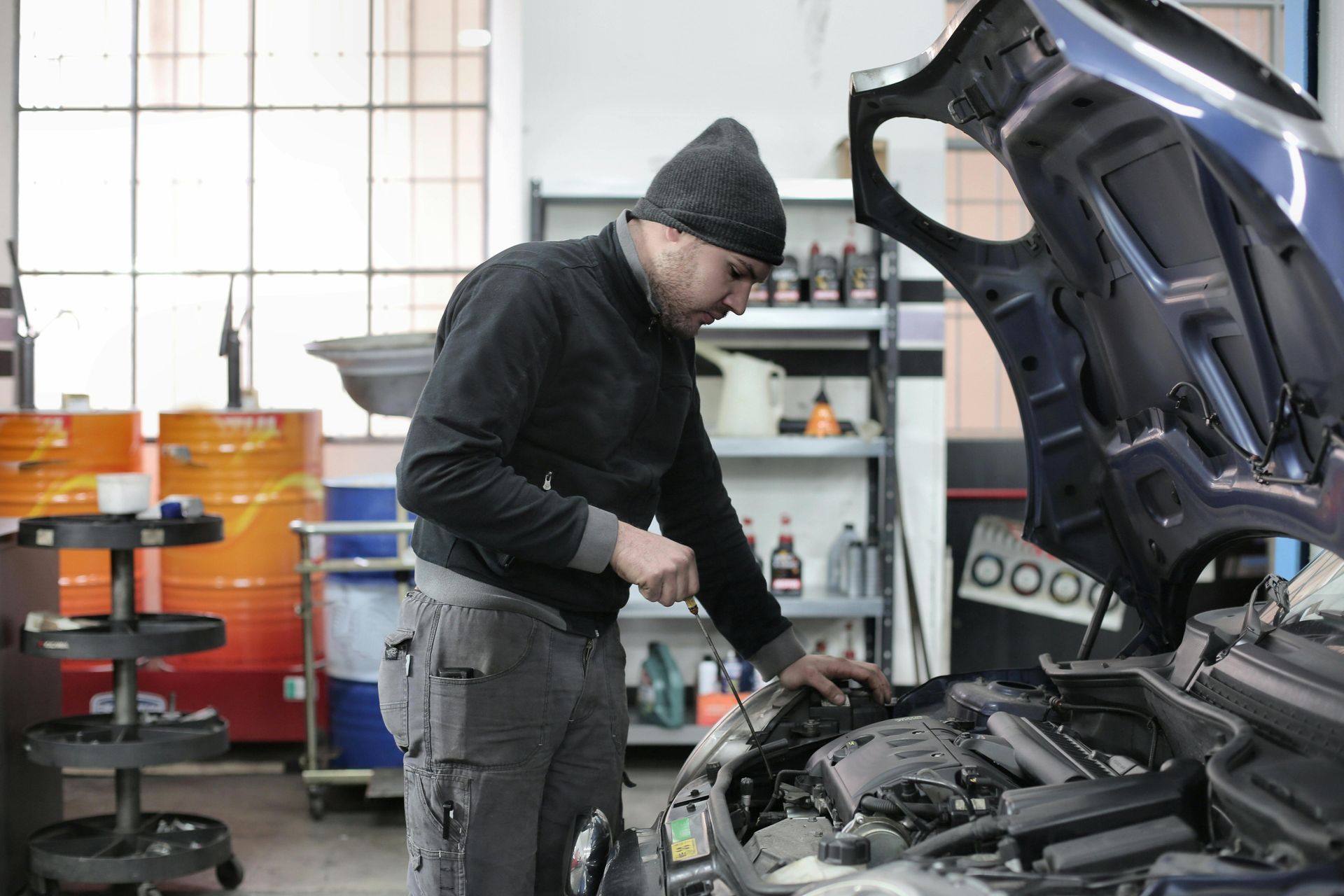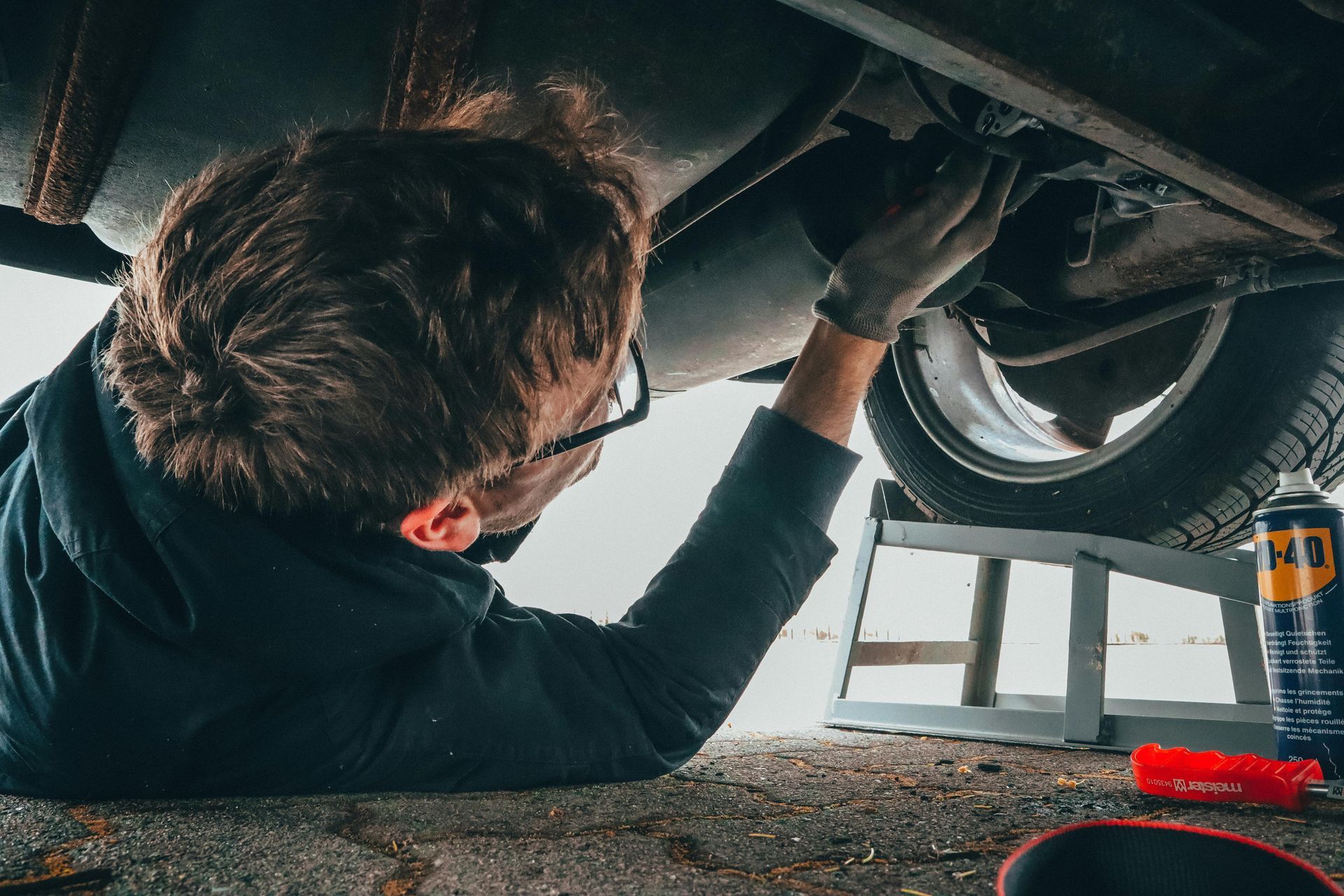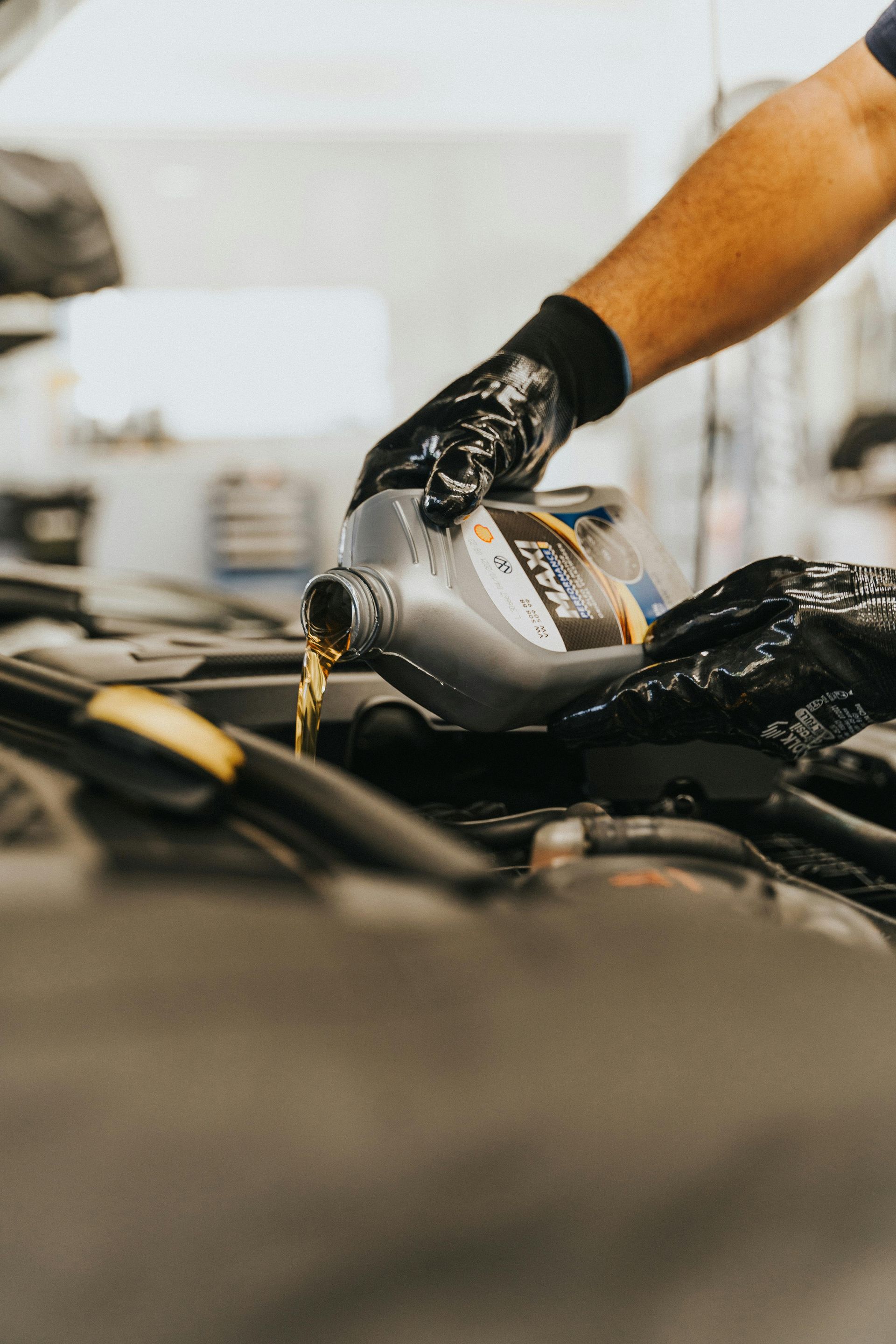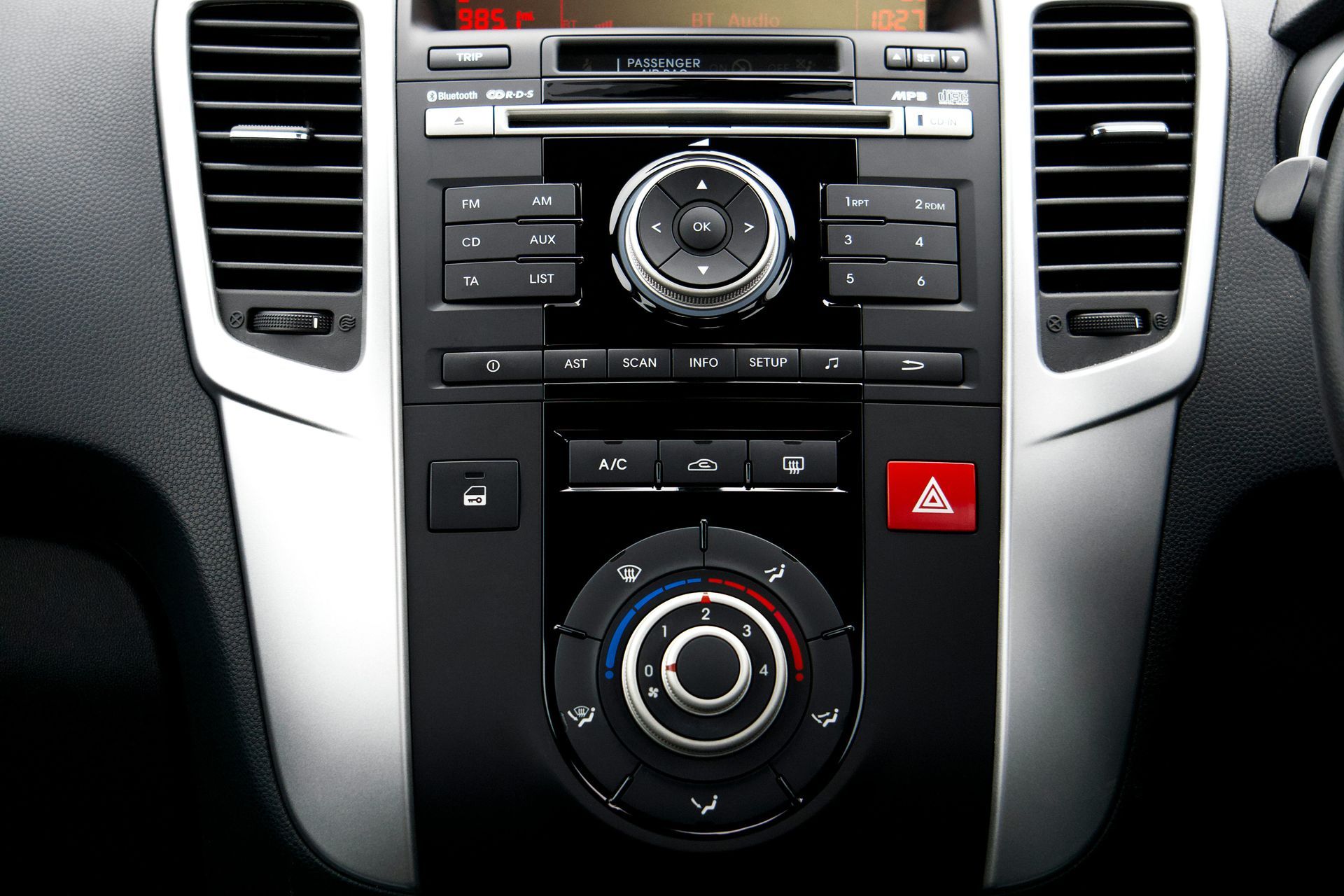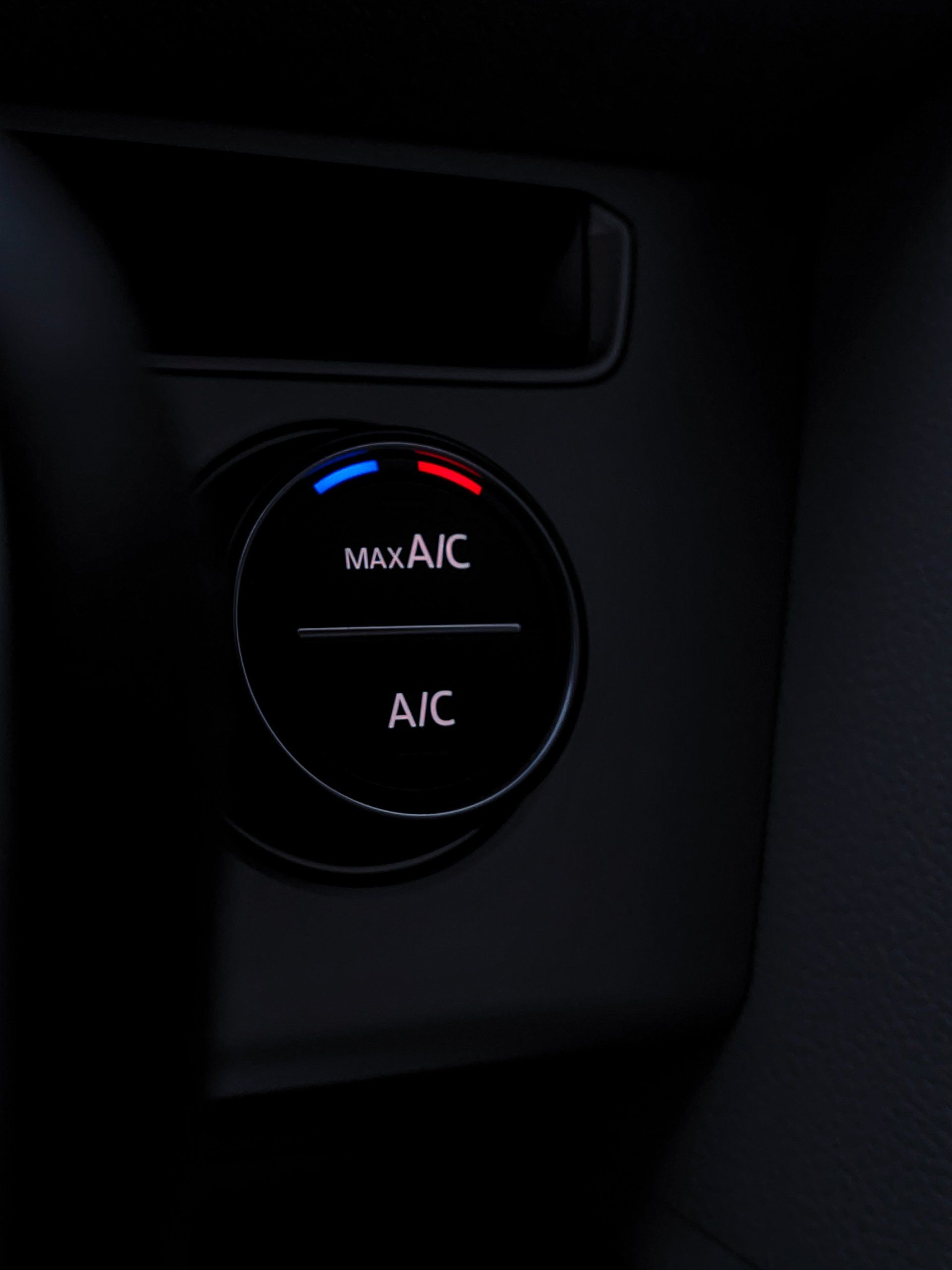Top 5 Warning Signs Your Brakes Need Attention Before Your Oregon Summer Road Trip
Summer in Oregon means it's time to hit the road and explore everything our beautiful state has to offer. Whether you're planning a scenic drive along the Oregon Coast, heading up to Crater Lake, or taking a weekend trip from Springfield to Portland, your brakes are one of the most critical safety systems in your vehicle. The last thing you want is brake trouble when you're miles from home on Highway 126 or cruising through the Cascade Mountains.
Before you pack up the car and head out on your Oregon adventure, take a few minutes to check for these five warning signs that your brakes need professional service.
1. Squealing or Grinding Noises When You Brake
If you hear high-pitched squealing when you press the brake pedal, your brake pads are likely worn down. Most brake pads have built-in wear indicators that create this sound when it's time for replacement. Ignore this warning, and you'll soon hear grinding metal-on-metal contact, which means you're damaging your brake rotors too.
This is especially important for Oregon drivers who frequently travel through hilly terrain around Eugene and Springfield. Mountain roads put extra stress on your braking system, and worn brake pads can quickly become dangerous on steep descents.
2. Your Brake Pedal Feels Soft or Spongy
A healthy brake pedal should feel firm when you press it. If the pedal feels soft, spongy, or goes closer to the floor than usual, you could have air in your brake lines or a brake fluid leak. Both situations are serious safety concerns that need immediate attention.
Oregon's wet climate can also contribute to brake fluid contamination over time. Moisture in the brake system reduces braking efficiency and can cause corrosion of brake components. If your pedal doesn't feel right, don't wait to get it checked.
3. Your Car Pulls to One Side When Braking
When you apply the brakes, your vehicle should stop in a straight line. If your car pulls left or right during braking, you may have uneven brake pad wear, a stuck brake caliper, or contaminated brake fluid on one side.
This problem is particularly dangerous on Oregon's winding roads, like those leading to popular summer destinations such as Florence or Junction City. Uneven braking can cause you to lose control, especially on wet pavement that's common throughout the Pacific Northwest.
4. Vibrations or Pulsing When You Brake
If you feel vibrations or pulsing through the brake pedal or steering wheel when braking, your brake rotors are likely warped. This happens when rotors overheat from excessive use or when brake pads aren't replaced in time.
Summer road trips often involve long drives with frequent braking, especially when traveling through areas like the McKenzie Pass or heading down from Crater Lake. Warped rotors reduce your stopping power and can make emergency braking situations much more dangerous.
5. Warning Lights or Low Brake Fluid
Don't ignore your dashboard warning lights. If your brake warning light comes on, or if you notice your brake fluid reservoir is low, these are clear signs your braking system needs attention. Low brake fluid often indicates a leak somewhere in the system.
Check your brake fluid level regularly, especially before long trips. The fluid should be clear or slightly yellow. If it's dark brown or black, it's time for a brake fluid change.
Don't Risk Your Oregon Summer Adventure
Oregon summers offer some of the most beautiful driving in the country, from the coastal highways to mountain passes. But these scenic routes can also be demanding on your vehicle's braking system. Steep grades, sudden weather changes, and increased traffic during tourist season all put extra stress on your brakes.
Many Springfield area drivers wait until they hear grinding noises or experience brake failure before seeking service. By then, what could have been a simple brake pad replacement has turned into a much more expensive repair involving rotors, calipers, or other brake components.
Professional Brake Service in Springfield, Oregon
Regular brake inspections and maintenance are the best ways to ensure your family's safety on Oregon roads. A qualified technician can spot problems early, saving you money and keeping you safe during your summer travels.
At Willamette Automotive Care, our experienced technicians use state-of-the-art diagnostic equipment to thoroughly inspect your entire braking system. We service all makes and models, from family sedans to work trucks, ensuring every vehicle gets the specialized attention it deserves.
Ready to hit the Oregon roads with confidence? Don't let brake problems ruin your summer plans. Contact Willamette Automotive Care in Springfield at (541) 209-6928 to schedule your pre-trip brake inspection today. Located at 720 35th St Suite A, we're conveniently positioned to serve Springfield, Eugene, and surrounding communities. Our honest, reliable service means you can trust us to keep your family safe on every Oregon adventure.
